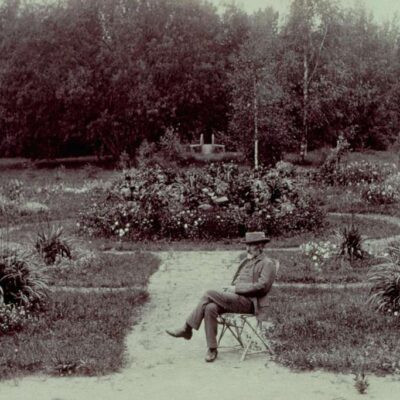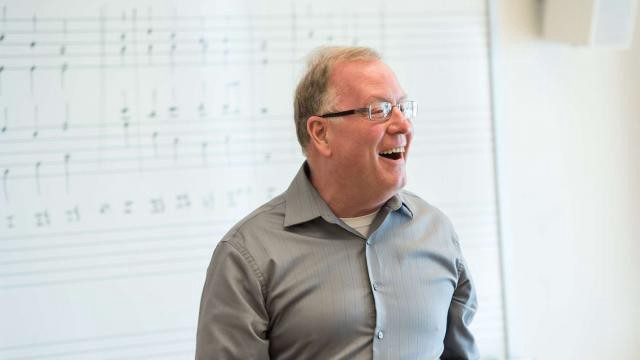
Viet Cuong (b. 1990)
Next Week’s Trees (2021)
“Light is an invitation to happiness,” wrote beloved poet Mary Oliver in “Poppies”. We could all use such an invitation about now. We’ve been through a period of darkness, of present dread and future fear, a time of foreboding and separation. But such things don’t last. The light comes, bringing its invitation to happiness; the future beckons, gathering all around us.
Such is the theme of Oliver’s poem “Walking To Oak-Head Pond, And Thinking Of The Ponds I Will Visit In The Next Days And Weeks”. America’s poet of the natural world, Oliver casts her thoughts well ahead, rather than remaining stuck in the now or, worse, clutching the past. “I’m wading ahead in the sunlight—” she writes, “and I’m sure I can see the fields and ponds shining days ahead—I can see the light spilling like a shower of meteors into next week’s trees.”
Such is the inspiration for Composer-in-Residence Viet Cuong’s brand-new Next Week’s Trees for string orchestra, given its premiere in this concert by California Symphony. Next Week’s Trees exudes an altogether Mary Oliver-ish optimism, a sturdiness so characteristic of a writer whose daily walks through the New England countryside provided no end of inspiration, a world of birds and butterflies, mushrooms and mosses, of egrets and peonies and fish.
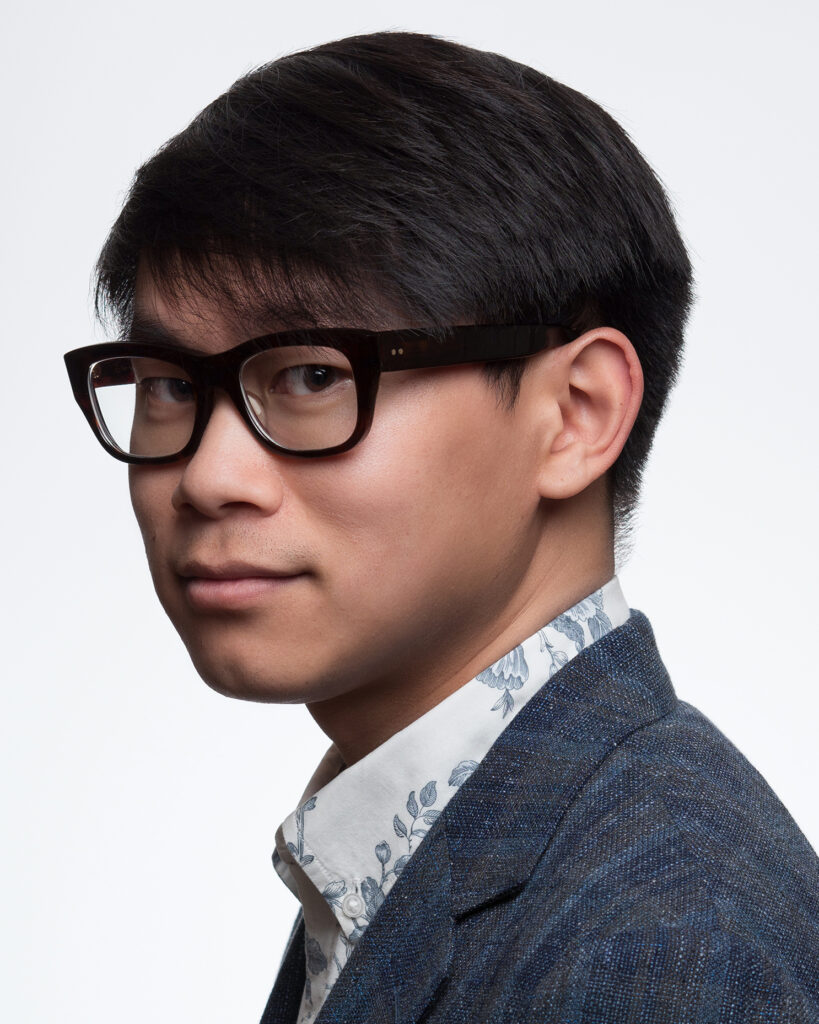
PHOTO: PHIL PARSONS
“In this particular time of great loss, I was deeply inspired by Oliver’s words—” writes Cuong of the work, “words that are a gentle reminder of the uncertainty of the future, the confident hope of the present, and the propulsive force of life that drives us through any doubt that a new day will arrive.” To bring musical life to these ideas, Cuong begins with extensive use of string pizzicato—i.e., plucked rather than bowed strings that creates a dancing, energetic affect, with arco (bowed) playing emerging gradually, and eventually, “which is a sort of musical reflection on Mary Oliver’s musings about inevitability.”
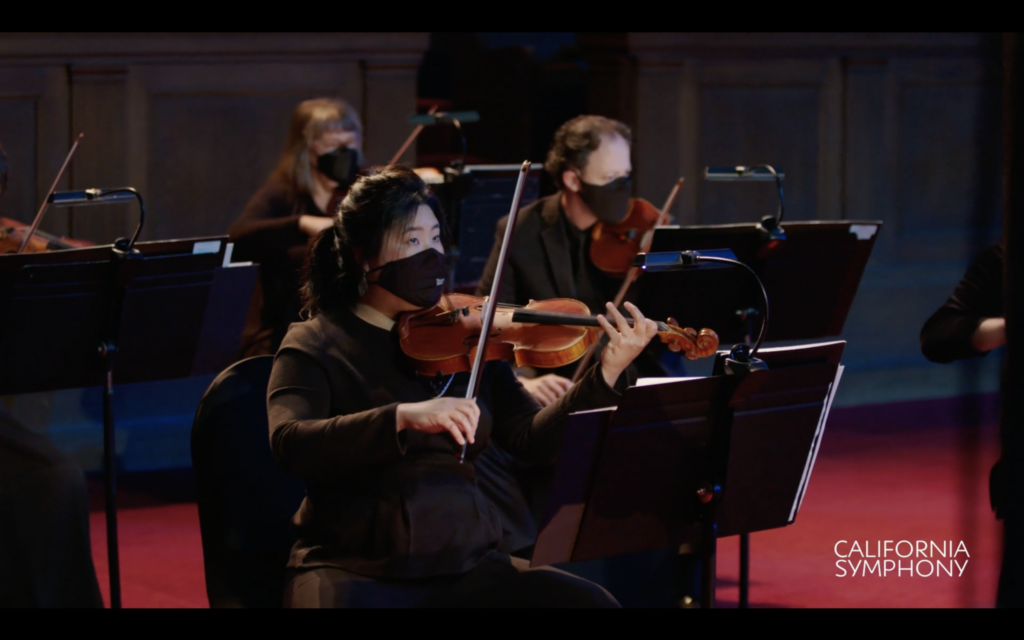
Listeners might hear other elements as well, such as the distinctly tape-loop vibe of much of the opening section with its collage-like echoed repetitions amongst the groups of string instruments, or the middle section’s ground bass idiom in which a cyclic pattern in the bass is complemented by an ever-changing set of variations above. But this is neither a gloss on such tape-loop classics as Sgt. Pepper’s Lonely Hearts Club Band nor an antiquarian conjuring of ground bass à la Baroque music. Next Week’s Trees is its own thing, speaking in its own voice, music of today to be sure, but charged with a secure sense of not only the present, but of presents yet to come.
Edward Elgar (1857–1934)
Cello Concerto in E Minor, Op. 85 (1919)
England was not a particularly favorable environment for home-grown composers through most of the 18th and 19th centuries. Following Henry Purcell’s untimely death in 1695 at the tender age of 36, English listeners had come to prefer imported to domestic. Thus they adopted Handel, embraced Haydn, and cherished Mendelssohn. Those few native English composers who did find a footing tended to be cut from the same cloth. They were born to money, they studied at Cambridge or Oxford then at the Royal Academy of Music and/or the Leipzig Conservatory, they were staunch Church of England adherents, and they carefully cultivated the elegant manners so necessary in England’s class-conscious society.
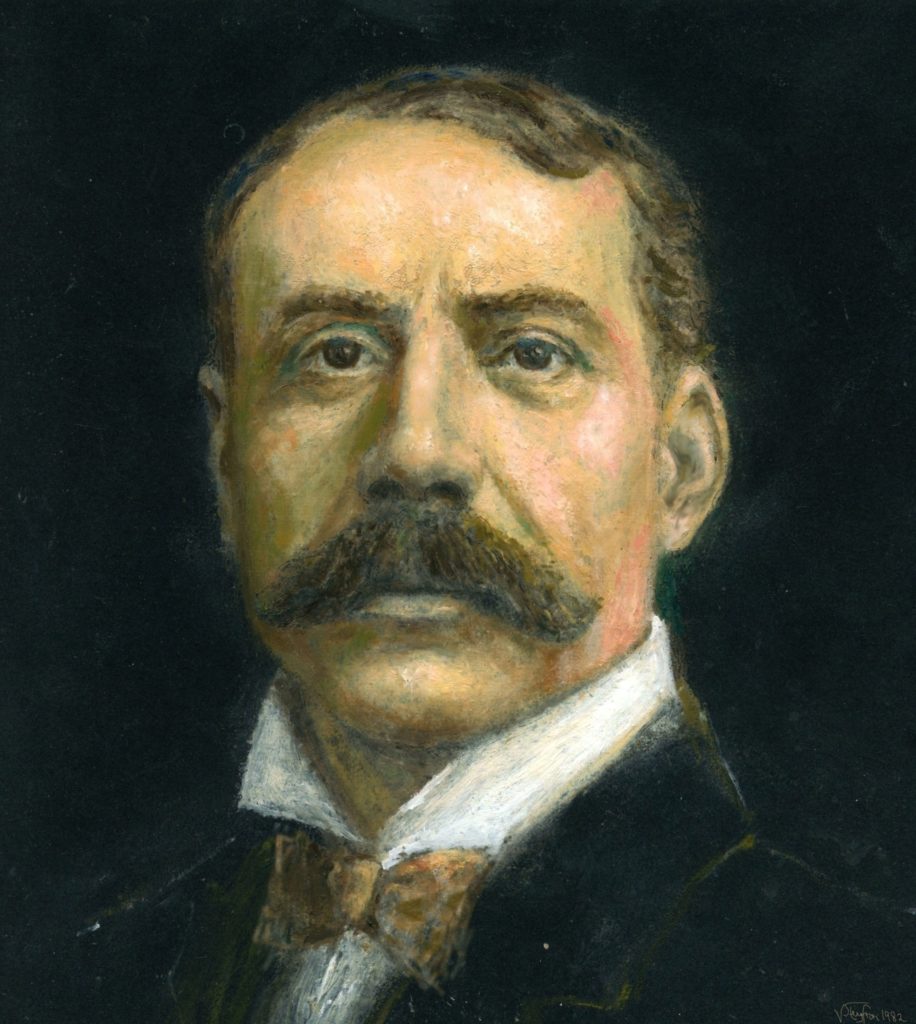
Edward Elgar was different. He was born working-class, spent much of his career as a hardscrabble freelancer, was neither Oxonian nor Cantabridgian, and perhaps most glaring of all, was devoutly Catholic. He could be rude and snappish. He suffered from mood swings. Nothing came easily for him. He had to push, and push hard, to make his way. His friends tended to be Worcestershire folk rather than London bigwigs. Even at the peak of his career he experienced far more than his fair share of humiliating failures. The populist image of Elgar as the genteel mustachioed Edwardian who puffed out “Land of Hope and Glory” could not be more misleading. He was a complex and driven artist, deeply sensitive and perceptive, and a very great composer indeed.
The Cello Concerto in E Minor, Op. 85 of 1919 is Elgar’s last substantial concert work. It took a good while to gain its current exalted place in the cello repertory. Part of that had to do with a disastrous premiere, but primarily it was the work’s quiet intensity, leanness, and economy that worked against it for some time. Fortunately, passionate advocates such as cellist Jacqueline du Pré persevered, and the world eventually followed.
Nota bene: Elgar was among the first major composers to champion the gramophone. As a result, he blessed posterity by conducting two recordings of the concerto—one in 1920 and the other in 1928—both with Beatrice Harrison as soloist.
Peter Ilyich Tchaikovsky (1840–1893)
Symphony No. 5 in E Minor, Op. 64
On May 19, 1888 Tchaikovsky wrote his brother Modest that “now, little by little, with difficulty, I am beginning to squeeze the symphony from my benumbed brain.” He squeezed throughout the summer, and on August 14 sent this succinct message to his patroness Nadezhda von Meck: “Symphony finished.” On November 5 Tchaikovsky conducted the premiere with the St. Petersburg Philharmonic, garnering mixed reviews that ranged from an anonymous critic’s respectful notice (“The first two movements make the greatest impression … their themes are very beautiful and developed with complete mastery”) to a gleefully malicious mauling by the ever-waspish César Cui (“The finale distinguishes itself with its vulgarity and blather.”)
It has long been an article of faith that the Tchaikovsky Fifth is a ‘programmatic’ symphony—i.e., one with an underlying story line—although the only actual documentary evidence to that effect is a scribbled passage in an 1887–88 Tchaikovsky notebook:
“Complete resignation before Fate, or, which is the same, before the inscrutable predestination of Providence. Allegro (I) Murmurs, doubts, plaints, reproaches against XXX. Shall I throw myself in the embraces of Faith??? … a wonderful programme, if I could only carry it out.”
It’s an utter mystery as to what Tchaikovsky actually meant by ‘XXX’, so naturally everybody has an opinion. Tchaikovsky’s sexual orientation? His gambling addiction? One guess is as good as another. In fact, the Fifth as program symphony has been largely debunked. That lessens neither its dramatic impact nor the persuasiveness of the sensed narrative thread that runs through its four movements. A vital component in that thread is the ‘motto’ theme that appears at the very opening and recurs throughout in various guises. First heard in paired clarinets, the initially moody motto theme gives way to the first movement proper, a considerably brighter affair.
The second movement contains one of Tchaikovsky’s most beloved melodies, a horn solo that has maintained its inherent dignity even in the face of endless popularizations. It is followed by a distinctly melancholic waltz. Then comes the finale, in which the motto theme kicks off a majestic processional that eventually gives way to the fiery main body of the movement. Towards the end, the motto theme returns yet again—but now in vivid major mode, thereby concluding the symphony in a resplendent glow of triumph.
Program Annotator Scott Foglesong is the Chair of Musicianship and Music Theory at the San Francisco Conservatory of Music, and a Contributing Writer and Lecturer for the San Francisco Symphony. He also leads the California Symphony’s ground-breaking music education course for adults Fresh Look: The Symphony Exposed.
The California Symphony’s EPIC FINALE featuring cellist Nathan Chan and California Symphony Young Composer in Residence, Viet Cuong takes place Saturday, May 14 at 7:30 PM and Sunday, May 15 at 4 PM at the Lesher Center for the Arts. Tickets are $44 to $74. Buy tickets online or call or visit the Lesher Center Ticket Office at 925.943.7469, Wed – Sun, 12:00 noon to 6:00 pm.

